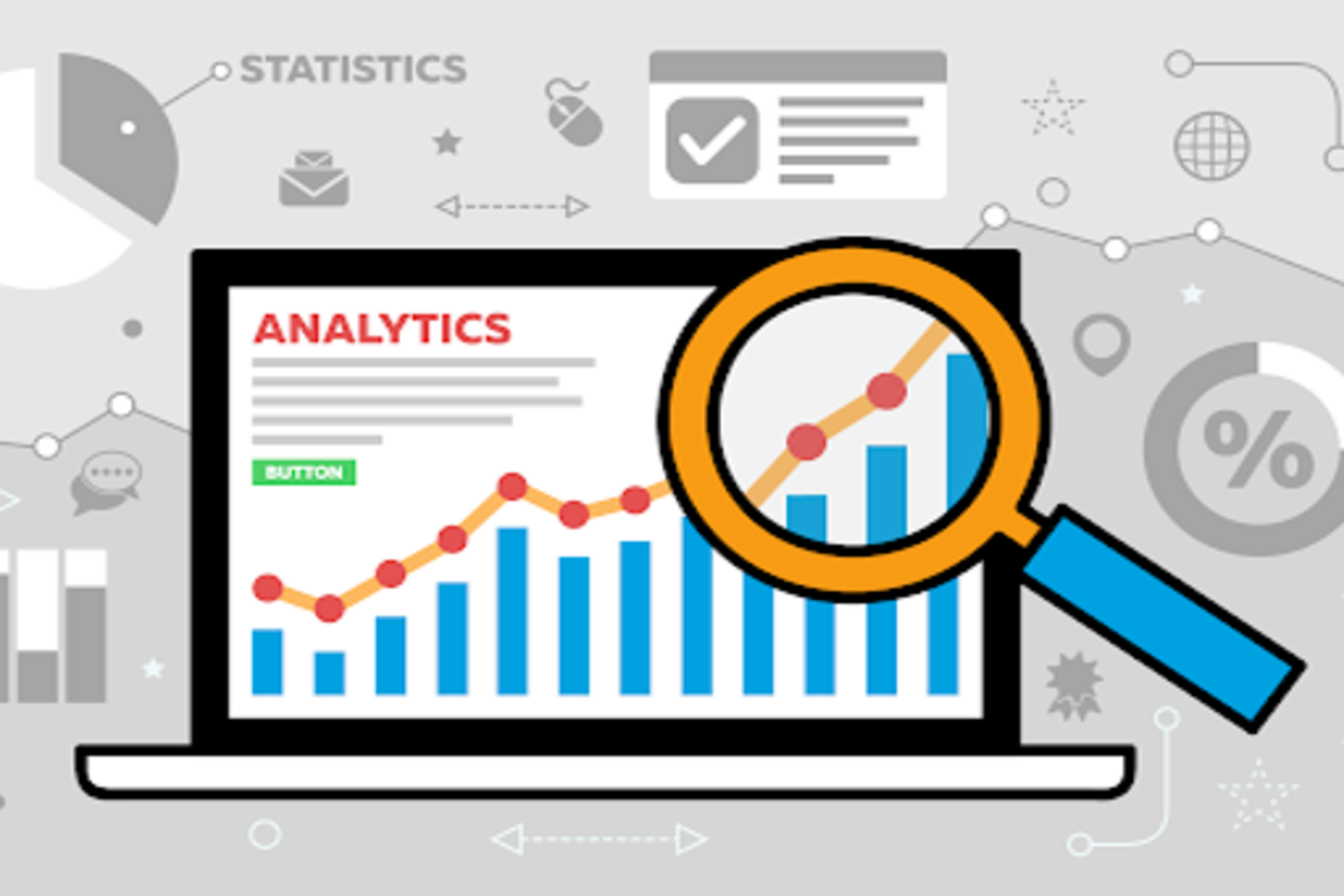Successful product development and optimization heavily rely on insights derived from product analytics. Businesses can make informed decisions, improve user experience, and drive growth by carefully tracking and analyzing user interactions with a product. However, to leverage the full potential of product analytics, it’s essential to identify the right set of product events to track. Defining which events to track during the implementation phase can significantly impact the accuracy and relevance of the data collected. This article will explore the crucial steps to define the product events that matter most for your specific business objectives.
Understand Your Product and User Journey
The first step in determining the product events to track is understanding your product and the user journey. This involves identifying the key user actions that define the core functionality of your product and the steps users take to achieve their goals. For example, in an e-commerce platform, essential user actions may include product views, adding items to the cart, initiating the checkout process, and completing a purchase.
By understanding the user journey, you can identify critical touchpoints and potential drop-off points. These insights are invaluable in optimizing the user experience and increasing conversions. Additionally, it helps you prioritize the events that align with your business goals and overall product strategy.

Define Key Performance Indicators (KPIs)
Defining clear Key Performance Indicators (KPIs) is vital for any successful product analytics implementation. KPIs are specific metrics that directly relate to your business objectives. They serve as a compass, guiding your product team toward the desired outcomes. Each KPI should be associated with one or more product events that act as proxies for measuring success.
For instance, if your goal is to increase user engagement, you may define a KPI such as “Monthly Active Users (MAU)” or “Time Spent in App.” The corresponding product events for these KPIs could include “App Launch,” “Session Start,” and “Session Duration.” Establishing the relationship between KPIs and relevant events ensures that your analytics implementation aligns with your overarching business strategy.
Prioritize User Behavior Analysis
User behavior analysis is a powerful approach to identifying significant events for tracking. Analyzing how users interact with your product uncovers behavioral patterns, pain points, and opportunities for improvement. Combining quantitative data with qualitative feedback gives you a more comprehensive understanding of user needs and preferences.
Utilize heatmaps, user session recordings, and conversion funnels to track user behavior and identify areas of improvement. For example, you may discover that users drop off during onboarding, highlighting the need to track specific onboarding-related events to optimize the user experience.
Collaborate with Stakeholders
Product analytics implementation should involve collaboration across various teams and stakeholders. Engage product managers, designers, developers, marketing teams, and customer support to gather diverse perspectives on which product events are critical for tracking. Each team will have unique insights based on their role in the product lifecycle and interaction with users.
Collaborating with stakeholders also ensures that the events tracked align with the organization’s overall goals. For example, the marketing team may require events related to user acquisition, while the customer support team may need events related to user inquiries and support interactions.
Keep It Lean: Start Small and Iterate
When implementing product analytics, it’s easy to fall into the trap of tracking too many events, leading to data overload and inefficiency. Instead, start small and focus on tracking a lean set of key events that directly impact your KPIs. A streamlined approach allows you to maintain data accuracy and relevance while avoiding unnecessary complexity.
After the initial implementation, continuously iterate and refine your product events based on feedback and evolving business objectives. As your product evolves and user behavior changes, you may need to adjust the events you track to ensure they remain aligned with your goals.
Monitor Data Quality and Accuracy
Data quality and accuracy are paramount in any product analytics implementation. Without reliable data, the insights you derive may lead to misguided decisions. Regularly monitor data integrity, address any issues promptly, and ensure that the tracked events are consistently and correctly recorded.
Regular audits and cross-referencing with other data sources can help identify discrepancies and ensure that the data accurately represents user behavior. This diligent approach ensures that your product analytics remain a trustworthy foundation for decision-making.
Strike a Balance: Avoid Overtracking and Undertracking
Finding the right balance between overtracking and undertracking is crucial in product analytics implementation. Overtracking leads to data clutter, making it challenging to identify actionable insights. On the other hand, undertracking may result in critical blind spots, preventing you from understanding the complete user journey and potential areas for improvement.
To strike a balance, regularly reassess the relevance of each tracked event. Remove events that no longer align with your KPIs or business goals, and add new events when necessary. Maintaining a dynamic approach to event tracking ensures that your product analytics remain effective and actionable.
Conclusion
Product analytics play a pivotal role in shaping the success of any digital product. By thoughtfully defining the product events to track during implementation, businesses can unlock valuable insights into user behavior and continually make data-driven decisions to improve their products. Understanding the product and user journey, defining relevant KPIs, prioritizing user behavior analysis, collaborating with stakeholders, starting small and iterating, monitoring data quality, and striking a balance between overtracking and undertracking are essential steps in creating a robust and effective product analytics strategy. Embracing the power of product analytics will empower businesses to stay ahead of the competition, deliver exceptional user experiences, and drive sustained growth in today’s dynamic and competitive marketplace.





